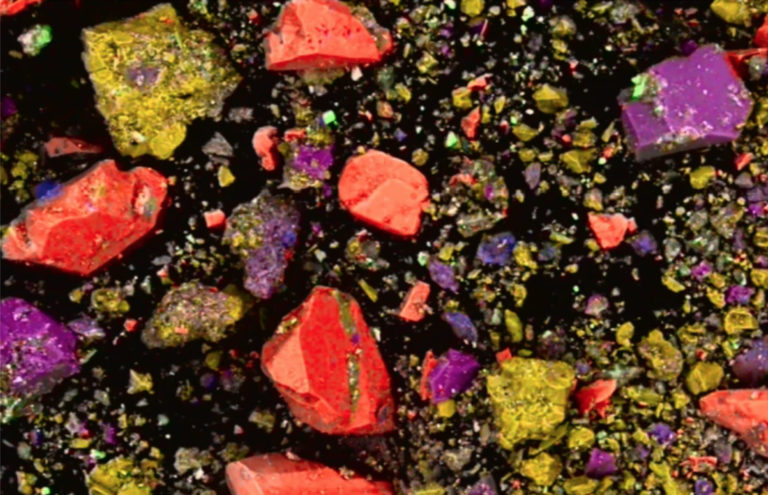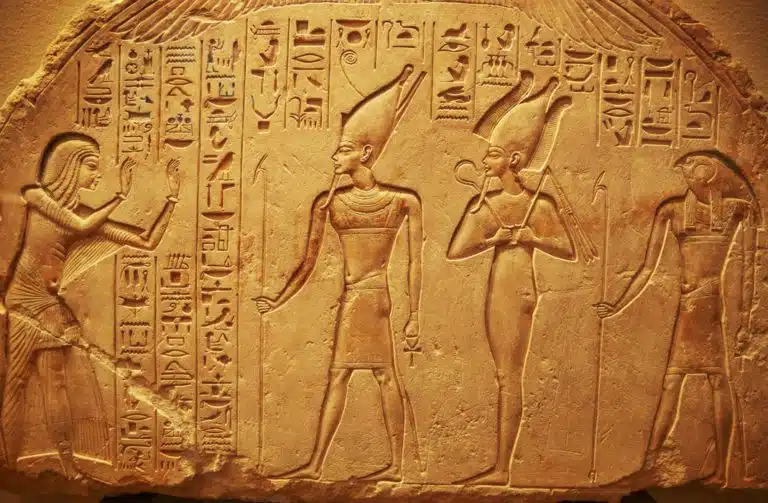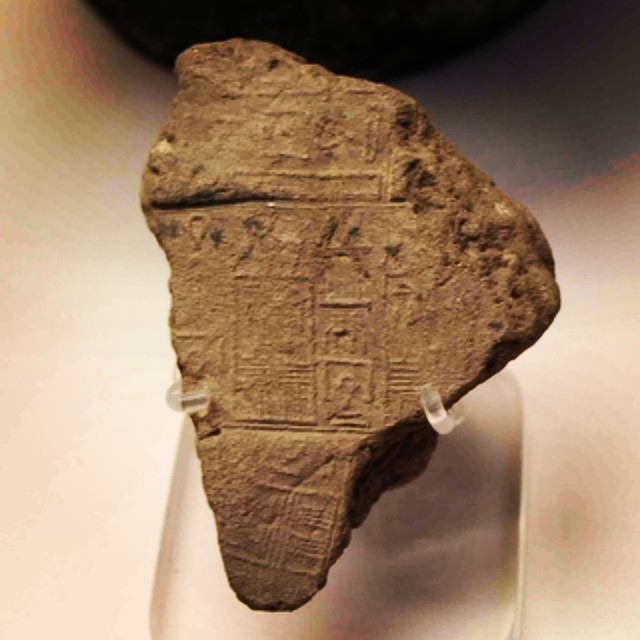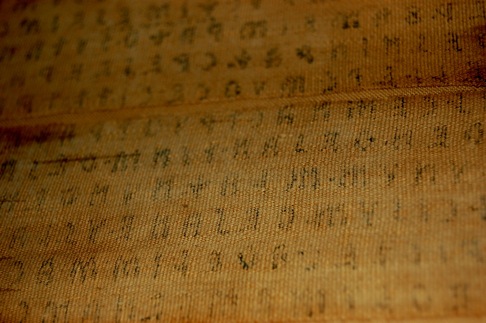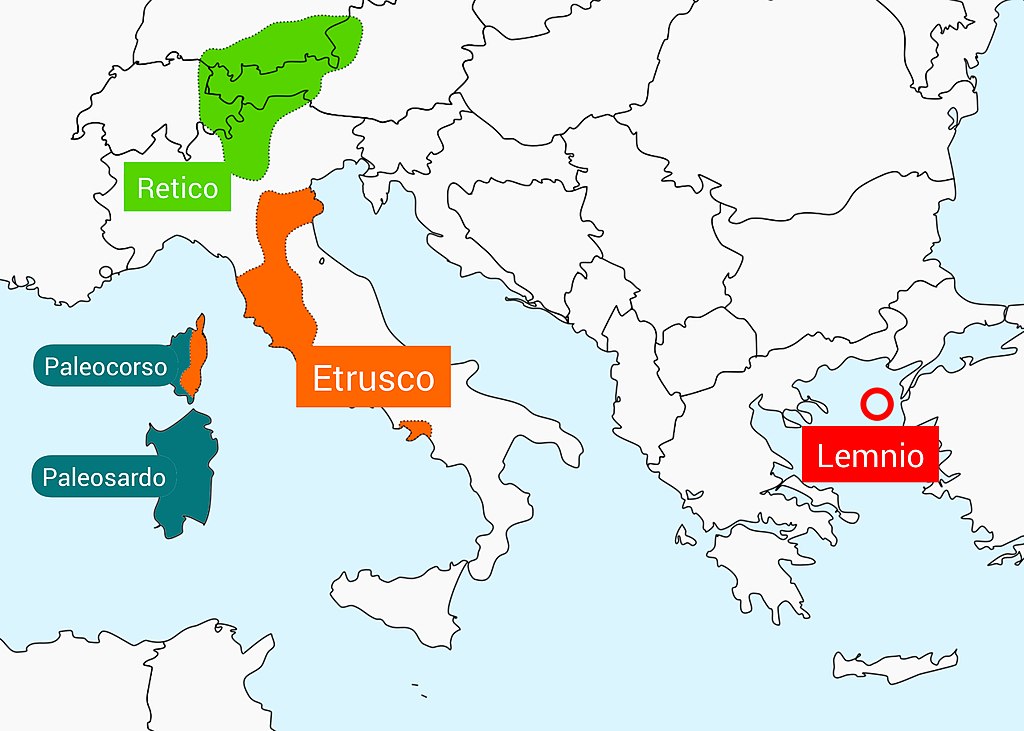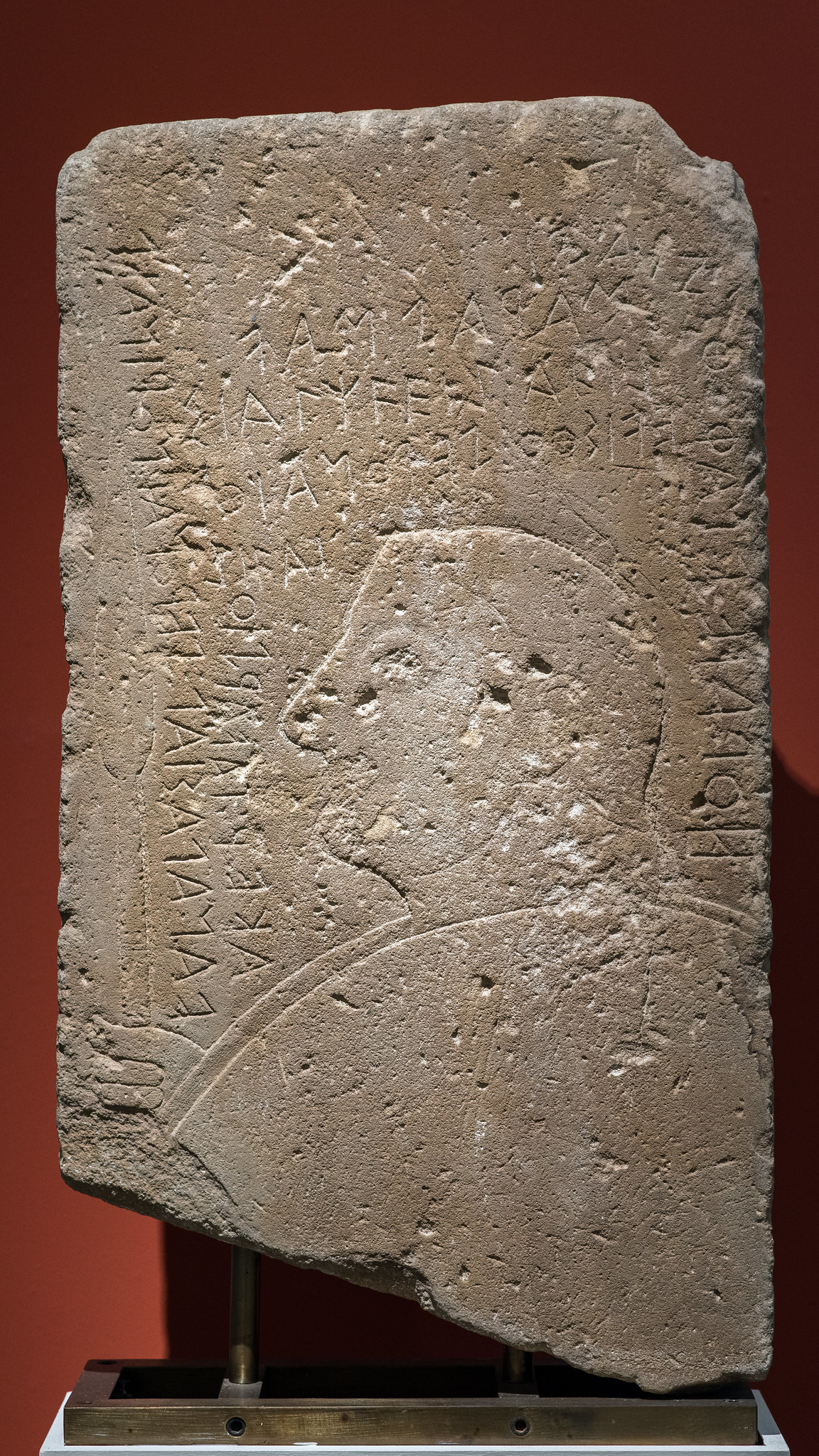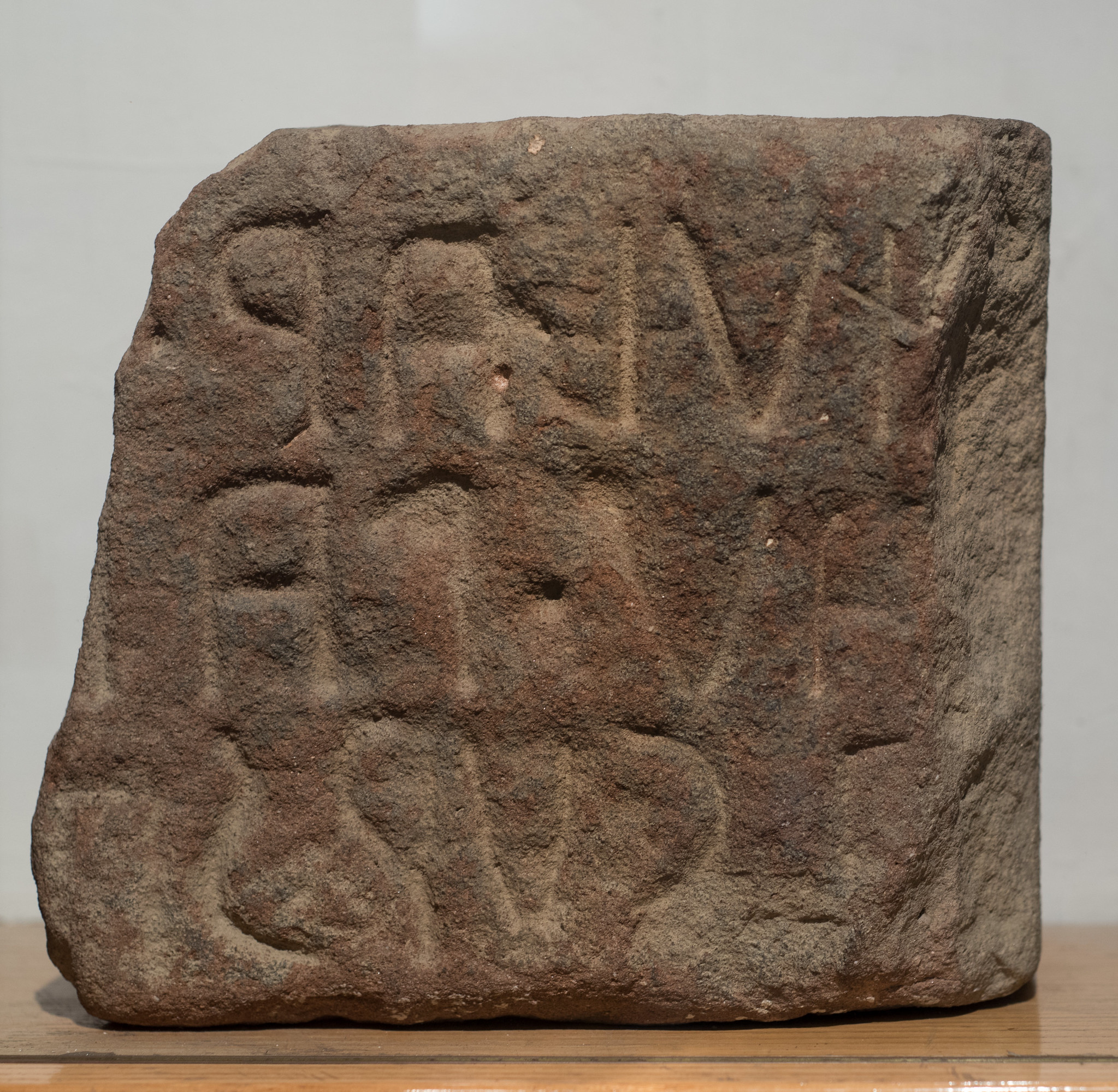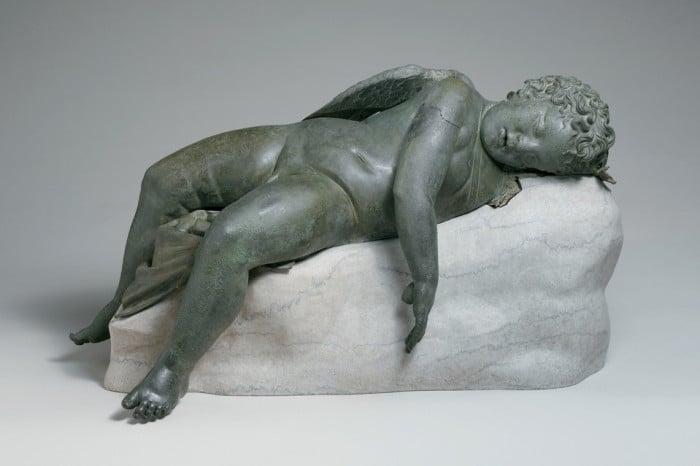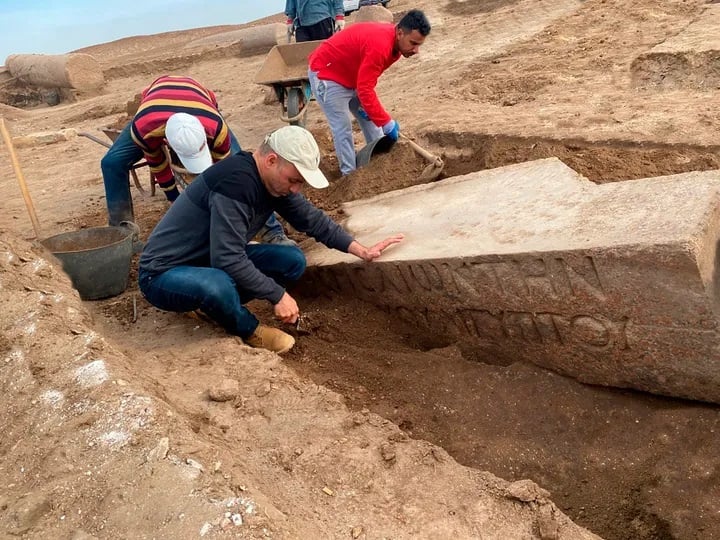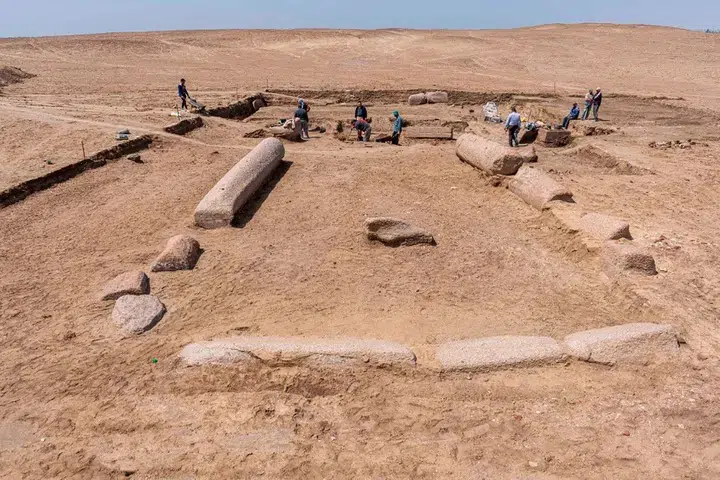
Greece assumed command of the EU’s Red Sea maritime security operation which would aim to prevent attacks against ships and ensure freedom of navigation.
The EU announced that the operation dubbed “Aspides,” meaning “shields” or “protector” in Greek, will contribute to maritime security along the main sea lanes in an area including the Straits of Bab el-Madab, the Straits of Hormuz, and the international waters in the Red Sea, Gulf of Aden, Arabian Sea, Gulf of Oman, and Persian Gulf.
The strategic objective will be to escort ships in the area of operations, provide situational awareness, and protect ships from multi-dimensional attacks at sea “in full respect of international law, including the principles of necessity and proportionality” in a sub-area of the area of operations.
Vassilios Gryparis of Greece to command operations in the Red Sea
Commanding the operation will be Greek Commander in Chief Vassilios Gryparis, with the Aspides operational headquarters located in Larissa in Central Greece.
Aspides will also cooperate with the US-led operation “Prosperity Guardian,” as well as with states wishing to contribute to maritime security in its area of activity.
It is supported by the European Union Satellite Centre (SATCEN) and the EU’s Intelligence Analysis Centre to gather information as required for the fulfilment of its tasks.
Its initial mandate shall be twelve months from the date of its entry into operation with the possibility of a review before the end of its period of validity.
“Our goal is to establish and launch this mission, Aspides, at the latest on the 19 February, I hope, and I’m sure, we will,” Josep Borrell, the bloc’s top diplomat said recently.
So far, five member states have publicly indicated they will participate in the mission: Belgium, France, Germany, Greece, and Italy. Greece is expected to participate with the Hydra frigate.
In recent weeks, the dangers for shipping in the Red Sea region have increased dramatically, as Iranian-backed Houthi fighters have targeted commercial shipping with drone and missile attacks, as well as more brazen assaults by boat and helicopter.
Several Greek-owned vessels have been attacked by missiles suffering damage but there have been no casualties.
The Houthis, who control a large part of Yemen, have declared their backing for Hamas in its war with Israel. They say they are targeting commercial vessels with links to Israel.
Disruption of world trade
Much of the world’s oil and natural gas originates from the region, and the Red Sea is used to transport roughly fifteen percent of the world’s shipping traffic.
With Houthis attacking dozens of ships since the war in Gaza erupted, trade flows have been hit at a time when supply strains and low demand are putting pressure on prices globally.
There has been an “almost wholesale exodus” of larger container ships from the Red Sea and the adjoining Suez Canal, Richard Meade, editor-in-chief of shipping publication Lloyds List, told CNN.
Those ships, which ferry everything from trainers to mobile phones from manufacturers in Asia to customers in Europe have been taking longer routes to avoid the area.






